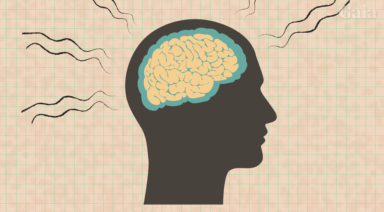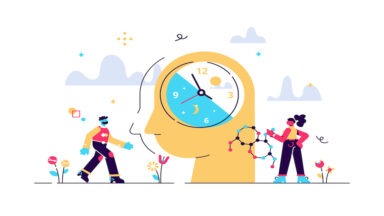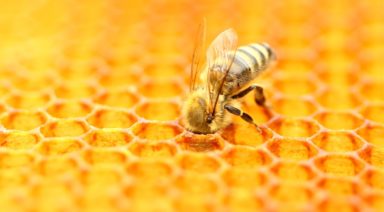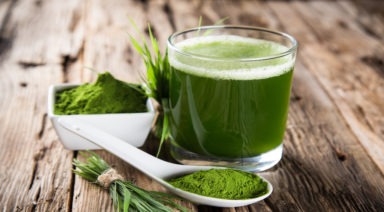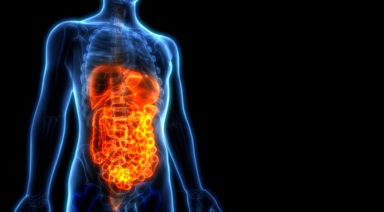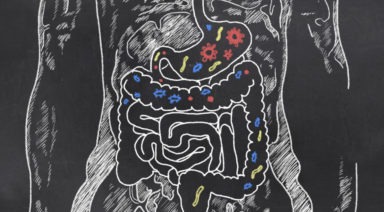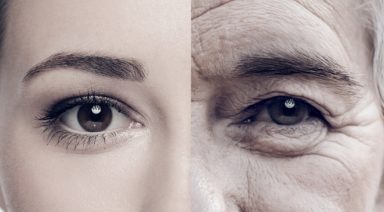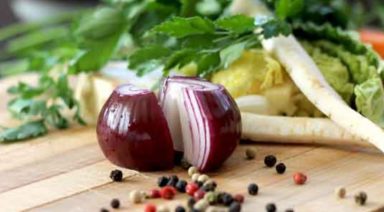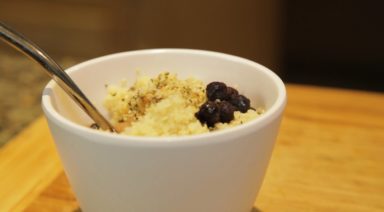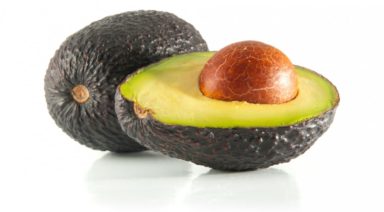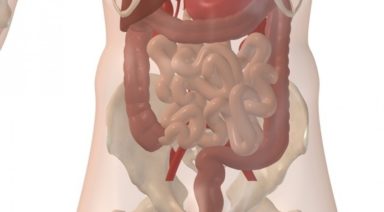Intermittent Fasting: Meal Plans and Schedules

I love intermittent fasts. I have found them to be physically healing, emotionally cleansing, and spiritually uplifting. As the body experiences a shift in its attachment to food, the mind and heart experience something similar in relation to their attachments to ideas, feelings, people, and experiences.
Intermittent fasting refers to eating plans and dietary protocols that cycle between periods of fasting (no food or some food) and periods of non-fasting. There are a variety of intermittent fasting diets, along with several types of intermittent diet meal plans.
The benefits of intermittent fasting include lowering insulin levels, reducing inflammation, improving brain health, possible weight loss, and helping you feel more hopeful and prayerful. Overall, intermittent fasting has shown promising results in broad trials involving mice and a few limited human trials.
To learn more about intermittent fasting, check out my other article about the benefits, trends, spirituality, and dangers.
“Fasting is the first principle of medicine; fast and see the strength of the spirit reveal itself.”
~Rumi
Intermittent Fasting Diets
In general, intermittent fasting can include fasting one to two days per week on alternating days. During these days, you eat either no food at all or 25 percent of your regular caloric intake.
On reduced calorie days, men consume 500 to 600 calories, while women consume 400 to 500 calories. Rather than strictly focusing on male vs. female intake, you might consider your body type, regular diet, and personal preferences before committing to a specific number of calories.
On non-fasting days, the most successful intermittent fasters eat normally and never binge. Some of the more courageous fasters eat only during limited windows throughout each day and might reduce their carbs. For all fasts, it’s important to stay hydrated, which includes drinking water and non-caloric, non-alcoholic beverages like unsweetened coffee and tea.
Here are a few types of intermittent fasting diet plans to consider:
Simple and Painless Fast
The most cautious fast consists of no food restrictions, fasting one day per week, with only one meal on that day, and with a calorie intake at the 25 percent level (400 to 600 calories). On the other six days, eat normally.
5/2 Moderate Fast
The 5/2 fast consists of no food restrictions for two days per week, while reducing calorie intake to 25 percent, between 500 to 600 calories. On the other five days, you would eat normally.
Consistent Fasting
One of the most aggressive ways to intermittent fast is to adhere to your usual diet from 8 am to 3 pm, with fasting during the remaining hours of the day. On some days you might want a cheeseburger at 8 pm, but you can’t have one.
Alternate-Day Fast
This intermittent fast might be one of the most difficult. Eating normally on one day and then fasting the next day. To get the most benefit, you would continue this cycle somewhere between 8 and 16 weeks. Each fasting day can include 500 to 600 calories or no calories at all. In either case, be sure to drink plenty of water.
Alternate-day fasting can help you lose weight, and help lower your risk of heart disease and type 2 diabetes. Dr. Krista Varady created a version of this diet which she calls, “The Every Other Day Diet.”
While restrictive, this diet tends to hold people’s attention longer than most. The length of time that seems to produce the most benefits is 12 weeks, which is also the number of weeks that most human trials aim to achieve.
6/1 Fast
The 6/1 Fast is a simple fast where you eat nothing for one 24 hour period each week, starting with any meal (breakfast, lunch or dinner). During this time, doctors recommend that you drink plenty of water. Low-sugared coffee, tea, and other non-caloric and non-alcoholic beverages are permitted.
Keto Derivative
A form of The Keto Diet includes an aspect of intermittent fasting that some people find helpful and effective. During every meal, eat your vegetables first and then eat your protein, with meals to be completed between 11 am to 6 pm, with intermittent fasting hours from 6 pm to 11 am. Refrain from heavy carbs like bread, pasta, and rice. Keep in mind that drastic reductions in carbs can make you feel a little foggy.
The Master Cleanse: Lemon Juice & Cayenne Pepper Fast
This popular fasting practice has been around since the 1940s, created by the controversial figure, Stanley Burroughs. Stanley wrote The Master Cleanse in the 1940s but the 1970s revision inspired a popular cleanse movement, which continues to this day. Fans of this cleanse include Beyoncé, Jared Leto, Denzel Washington, and Angelina Jolie.
The Master Cleanse consists of drinking only water mixed with a half-teaspoon of lemon juice and a hint of cayenne pepper five to eight times per day, for five to ten days.
While this fast is not recommended for everyone — and it’s not a cure-all or intermittent fast — you might consider this idea when creating your own hybrid intermittent fast/diet.
One hybrid idea might be to drink this formula from 3 pm to 8 am and eat two calorie-restricted meals during the hours of 8 am to 3 pm.
The Warrior Diet
This intermittent fasting diet has some passionate followers. It involves fasting during the day and then eating a huge meal at night.
Popularized by fitness expert Ori Hofmekler, the dieter consumes small portions of raw fruits and raw vegetables during the day, then eats a high-calorie meal before 8 pm. In short, you fast all day (limited to fresh fruits and vegetables), and then you have a power-feast in the evening, finishing your banquet within a 4-hour eating window.
There are several challenges with this type of fasting. Depending on your body and metabolism, eating in the evening can extinguish the benefits of intermittent fasting. It might:
- Negatively impact your sleeping and dreaming patterns
- Alter hormone function
- Increase inflammation
- Impair blood sugar regulation
- Create weight gain
- Elevate triglycerides and cholesterol
Circadian Rhythm or 16/8 Fasting
When it comes to losing weight, there are healthy and unhealthy paths. The Circadian Rhythm or 16/8 Fasting is when you eat solely during an 8-10 hour window each day. The rest of the time you refrain from meals and caloric beverages, but you can drink non-caloric, non-alcoholic drinks, including low-sugar coffee and tea.
Fitness expert and early promoter of intermittent fasting, Martin Berkhan called this diet, “The Leangains Protocol.”
Intermittent Meal Plan Example
For this example, we’ll focus on the 5/2 Intermittent Fast, which consists of two fasting days per week, each allowing 25 percent of your regular caloric intake (400 to 600 calories). When doing this fast, consider having an eating window from 8am to 6pm.
In addition to possibly losing addition weight, you’ll have more food options if you avoid pieces of bread, rice, and pasta during your fast.
When fasting with limited calories, a hidden gem is hemp seeds. My favorite brand is Manitoba Harvest. Their Hemp Hearts are delicious and provide more protein than meat.
Here is an example of an Under-600 calorie meal schedule:
Breakfast: 250 Calories
- 1/4 cup of oatmeal
- 8 oz Green smoothie with apples, spinach, and kale
- One hard-boiled egg or a one-egg Tex-Mex scramble with a pinch of tomatoes, onion, garlic, and salsa
Lunch/Dinner – 300 Calories (Pick One)
- One small baked potato with one tablespoon of sour cream
- 2 cups roasted vegetables with two tablespoons of hemp seeds
- 1/2 avocado on toast with one tablespoon of crushed peanuts or sesame seeds
- Chicken, Vegetable and Bean soup with 3 oz of chicken, 1/4 cup of red beans, 1/2 cup of chopped veggies. You can swap the chicken for 3 oz of beef or buffalo, a moderate portion of tofu or 2 tablespoons of hemp seeds.
Between Meals – Under 60 calories (limited to one of these items, once per day)
- 2 cups of cooked microwave popcorn
- 1/2 cup cottage cheese
- Three whole grain pretzel sticks
- 14 almonds
- One apple (baked)
- 1/4 cup low-sugar ice cream
- 1/4-1/2 banana
Anytime
- Water with 1/2 tsp of lemon juice and a tiny sprinkle of cayenne pepper. This drink is my favorite, especially during the fasting hours of 6 pm and 8 am or 6 pm and 11 am.
Intermittent Fasting Benefits
While intermittent fasting is not a cure-all, and the data is based mainly on scientific trials focused on mice, many people agree that intermittent fasting does wonders.
Many say that it can:
- Ease depression and increase vitality
- Improve memory
- Reduce inflammation and weight gain
- Remove damaged brain cells and generates new ones
- Help reduce attachment to emotional and psychological luggage.
- Improve your experience when praying and meditating
In general, even a little fasting here and there is shown to have positive effects. If you have gut issues or adrenal fatigue, proceed with caution. To be safe, ask your doctor or certified nutritionist before you begin fasting.
In all fasting, be careful about “starvation mode,” when your body starts to conserve energy by reducing the number of calories it burns. Starvation mode is something to avoid. It can cause your body to stop losing weight, and it will most often make you feel depressed, angry, lost, confused or worse. It might also have other negative effects.
Just in case, notify a few friends before you fast. Texting a friend is quick and easy, “Hey, I’m fasting. If I die, I buried a treasure under a tree. The map is in my fridge. It’s all yours!”
Scientists Find Breakthrough Use of Light to Kill Cancer Cells

In a world-first, scientists have developed a breakthrough treatment that uses light to kill cancer cells.
We often think of light as a life-giving source, but in the case of photoimmunotherapy — the use of light to help a person’s own immune system fight cancer — light can both be a source of life, for the patient, and death, to cancer cells.
A multidisciplinary team of European scientists joined forces to design the new treatment, which works by combining a special fluorescent dye with a cancer-targeting compound.
Shining light on the compound forces cancer cells to glow in the dark, helping surgeons to remove more of the tumors compared with existing techniques.
Then, the surgeon would shine near-infrared light on the site, switching the compound into tumor-killing mode and killing off any remaining cells.






